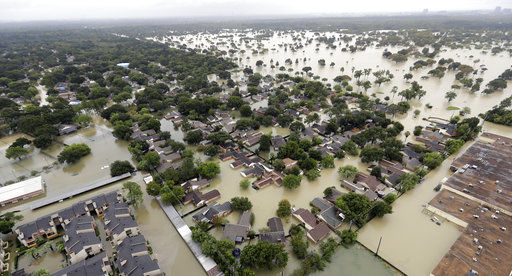
State And Nation
AP Exclusive: Fewer Americans buy insurance in coastal areas
PLANTATION, Fla. (AP) — Amanda Spartz nearly did not renew her home’s flood insurance policy after her first ... Read more

PLANTATION, Fla. (AP) — Amanda Spartz nearly did not renew her home’s flood insurance policy after her first ... Read more